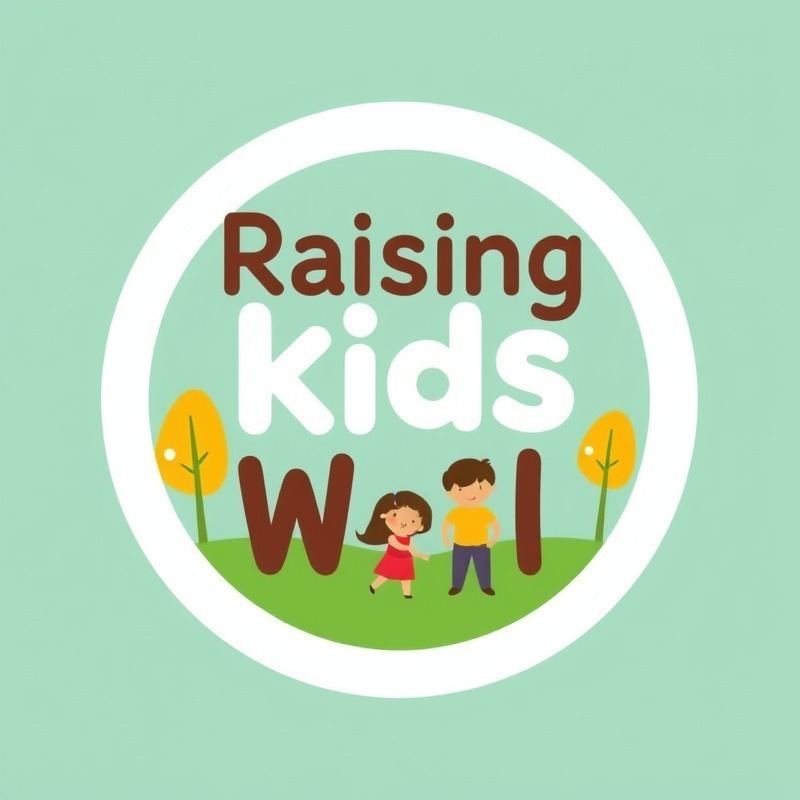
Understanding the Importance of Flexibility in Childhood
In today’s fast-paced world, children are often faced with unexpected changes—whether it's shifting classroom dynamics, altering home environments, or adjustments in routines due to unforeseen circumstances. As parents, fostering flexibility in our children is crucial for their emotional resilience and helps them adapt better to challenges.
Nurturing Adaptability: Key Strategies for Parents
One effective way to promote adaptability is through routine. Establishing a structured yet flexible daily schedule can provide stability while also allowing for changes. Invite your child to participate in planning their schedule; this empowers them and encourages decision-making skills.
Encourage open dialogue about feelings associated with sudden changes. Asking questions like, "How did that change make you feel?" or "What do you think we can do differently next time?" can cultivate emotional intelligence while validating their experiences.
Real-Life Examples of Flexible Kids
Meet Sarah, a ten-year-old baseball enthusiast. When her team had to switch coaches mid-season, she initially felt anxious about the new dynamic. However, with her parents’ support in having open discussions and maintaining a positive outlook, she quickly adapted. Establishing a practice routine with her new coach became a bonding experience, showcasing how flexibility can lead to growth.
The Impact of Technology on Children’s Flexibility
In the digital age, technology plays a significant role in how children respond to changes. Kids often shift between various online spaces; this adaptability can be a double-edged sword. While access to diverse information and new friendships online helps them build flexibility, overexposure can lead to challenge aversion when faced with real-life adjustments.
As parents, guiding children to use technology responsibly while emphasizing the value of face-to-face interactions can lead to healthier emotional adaptability.
Sharing Stories to Cultivate Empathy
Telling stories about how you faced changes as a child can be powerful. Sharing personal narratives invites children to connect and recognize that change is a universal life lesson. For instance, recounting your first experience moving to a new school helps them understand transitions are part of life. These stories can inspire and create a sense of solidarity.
The Long-Term Benefits of Being Flexible
Research highlights that children who learn to be flexible are not only more resilient but also perform better academically and socially. The ability to pivot in response to changes contributes significantly to their psychological health. With the backbone of support from family and a rich understanding of adapting, children are likely to thrive even in the most unpredictable situations.
Encouraging Problem-Solving Skills
To further nurture adaptability, assign age-appropriate problem-solving opportunities. If your child faces challenges, guide them through brainstorming solutions rather than providing them outright. This helps children build confidence in their ability to navigate unexpected shifts.
Creating a Supportive Environment
Lastly, fostering an environment where failure is viewed positively can ease the burden of coping with change. Reinforce phrases like "It’s okay to try and fail" or "Mistakes help us learn!" Children will feel more equipped to tackle future unexpected changes with a constructive mindset.
By implementing these strategies, you can help your child build the necessary skills to embrace flexibility throughout their lives. After all, while we often cannot control the changes that come our way, we can certainly control how we respond to them. Let’s help our children navigate the unexpected with grace and resilience!
 Add Row
Add Row  Add
Add 



Write A Comment